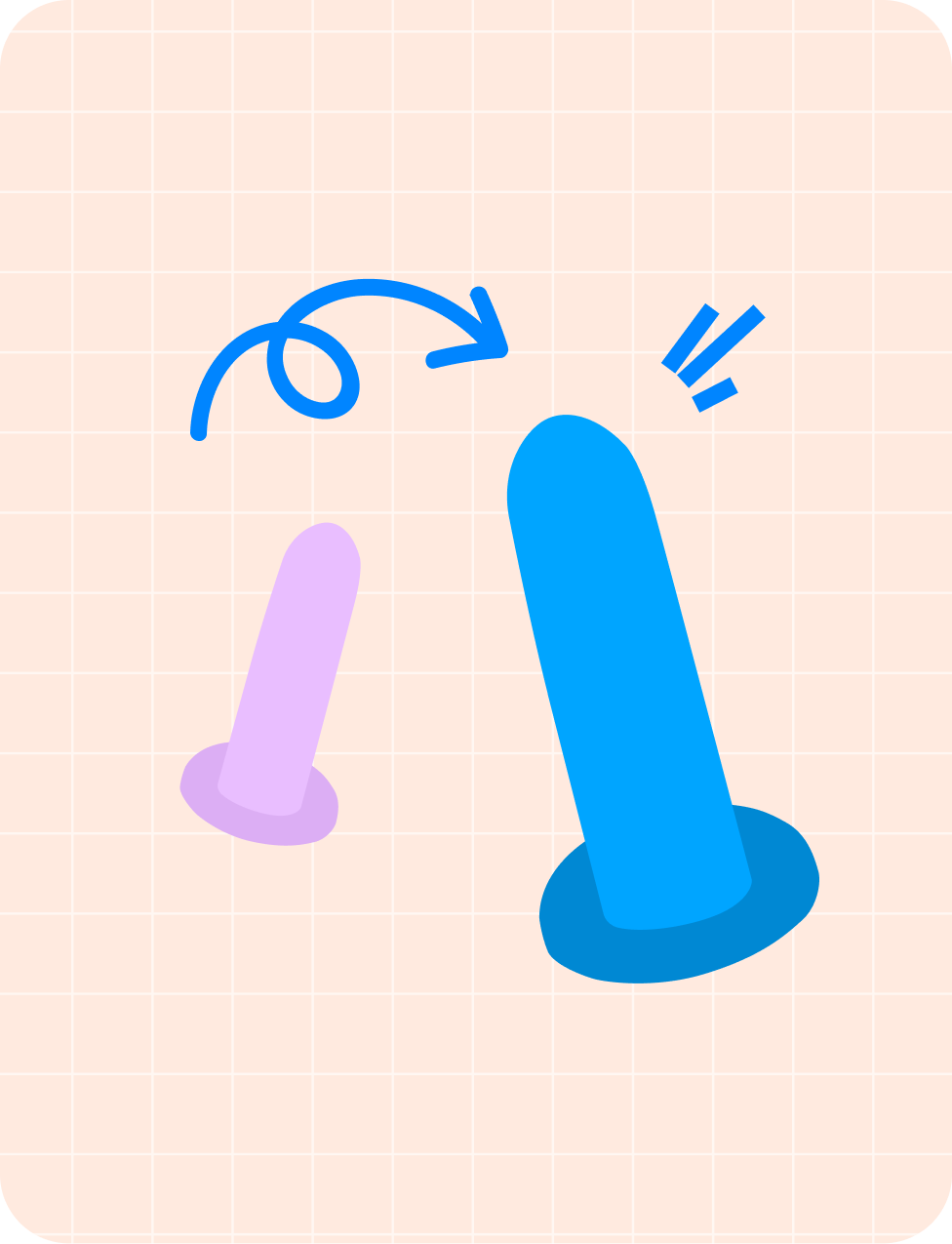Pelvic pain is a common yet often overlooked issue that affects many women. Finding effective relief is key to maintaining a comfortable and active lifestyle, whether the pain is due to muscle tightness, medical conditions, or post-surgical recovery. If you’re searching for how to relieve pelvic pain quickly, you’re in the right place. Discover effective ways to manage and relieve pelvic discomfort with these proven techniques and gentle exercises.
Understanding Pelvic Pain
Pelvic pain can vary from a dull ache to a sharp, stabbing sensation. It may be caused by conditions such as endometriosis, pelvic floor dysfunction, interstitial cystitis, or post-surgical scarring. Stress and muscle tightness can also contribute to chronic discomfort. Because pelvic pain can have multiple underlying causes, finding the right solution is essential.
Quick and Effective Pelvic Pain Relief Strategies
1. Use Heat Therapy
Applying heat is one of the most effective ways to soothe pelvic discomfort. Heat improves blood circulation, relaxes tense muscles, and eases menstrual cramps and post-operative soreness.
How to use heat therapy:
-
Place a heating pad or warm compress on your lower abdomen for 15-20 minutes.
-
Take a warm bath to provide deeper muscle relaxation.
-
Use a microwaveable heat pack or a hot water bottle for quick relief.
2. Try Gentle Pelvic Floor Stretches
Stretching exercises help release muscle tightness and improve circulation in the pelvic region. Simple movements can alleviate discomfort and enhance flexibility.
Recommended stretches:
-
Butterfly Stretch: Sit with your feet together, allowing your knees to fall outward. Hold for 30 seconds.
-
Child’s Pose: Kneel, extend your arms forward, and rest your forehead on the floor. Breathe deeply.
-
Pelvic Tilts: Lie on your back, bend your knees, and tilt your pelvis slightly upward.
Regular stretching can help prevent recurring pain and improve mobility.
3. Use Dilators for Pelvic Pain Relief
Vaginal dilators are an excellent tool for managing pelvic pain. These medical-grade devices help stretch and relax the vaginal and pelvic floor muscles, which makes them ideal for women dealing with tightness, pain during intimacy, or post-surgical discomfort.
How dilators help:
-
Gradually stretch pelvic floor muscles to relieve tension.
-
Improve blood flow and tissue flexibility.
-
Help with conditions like vaginismus, dyspareunia, and pelvic floor dysfunction.
How to use dilators:
-
Start with the smallest size and apply a water-based lubricant.
-
Insert gently and hold for 10-15 minutes.
-
Gradually increase the size over time as comfort improves.
-
Use consistently for best results.
4. Take an Epsom Salt Bath
Epsom salt, rich in magnesium sulfate, is well-known for its muscle-relaxing and anti-inflammatory properties. A warm bath infused with Epsom salt can ease muscle tension and alleviate cramping.
How to take an Epsom salt bath:
-
Fill a bathtub with warm water and add 1-2 cups of Epsom salt.
-
Soak for 20 minutes while practicing deep breathing.
-
Repeat 2-3 times per week for optimal relief
5. Massage and Myofascial Release
Massage therapy and myofascial release techniques can help loosen tight pelvic floor muscles and improve blood circulation. These massage techniques are helpful for those with chronic pelvic tension or pain.
How to do it:
-
Use circular motions on the lower abdomen to promote relaxation.
-
See a pelvic floor physical therapist for specialized manual therapy.
-
Try a foam roller or massage ball for myofascial release.
6. Stay Hydrated and Maintain a Healthy Diet
Dehydration and poor diet can contribute to inflammation and muscle cramps, making pelvic pain worse. Staying hydrated and consuming anti-inflammatory foods can help manage pain.
Best foods for pelvic pain relief:
-
Omega-3-rich foods like salmon and walnuts.
-
Leafy greens such as spinach and kale.
-
Turmeric and ginger for their anti-inflammatory properties.
7. Practice Deep Breathing and Relaxation Techniques
Stress is a major contributor to pelvic pain, often causing muscles to tighten involuntarily. Deep breathing exercises can help reduce muscle tension and promote relaxation.
How to practice deep breathing:
-
Inhale deeply for 4 seconds, hold for 4 seconds, then exhale slowly.
-
Repeat for 5-10 minutes while lying down in a quiet place.
-
Pair with guided meditation or progressive muscle relaxation for added benefits.
8. Consider Over-the-Counter Pain Relievers
NSAIDs (nonsteroidal anti-inflammatory drugs) such as ibuprofen or naproxen can help alleviate pelvic pain by reducing inflammation. However, they should be used in moderation and according to medical guidelines.
What to keep in mind:
-
Take as directed on the label or per doctor’s advice.
-
Avoid prolonged use to prevent potential side effects.
-
Combine with other natural pain relief methods for best results.
9. Seek Professional Help
If pelvic pain persists or worsens despite self-care efforts, consulting a healthcare provider is essential. Treatment options may include:
-
Pelvic floor therapy to strengthen and relax muscles.
-
Prescription medications for pain and inflammation.
-
Surgical intervention for severe conditions such as fibroids or endometriosis.
A medical professional can guide you toward the best treatment plan tailored to your needs.
Final Thoughts
If you’re looking to relieve pelvic pain quickly, a combination of targeted strategies can be the most effective approach. Heat therapy, gentle stretching, and relaxation techniques can provide immediate comfort. Vaginal dilators for pelvic pain help address the root cause by enhancing muscle flexibility and easing tension over time.
By integrating these methods into your routine, you can take proactive steps toward lasting relief and better pelvic health. If discomfort continues, consult a healthcare professional to explore the best treatment options for your needs.




